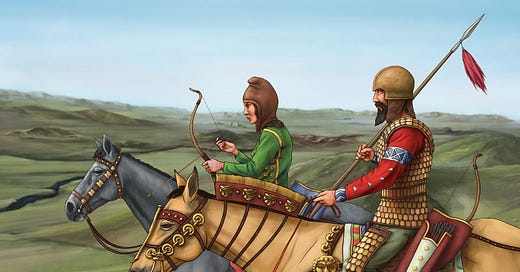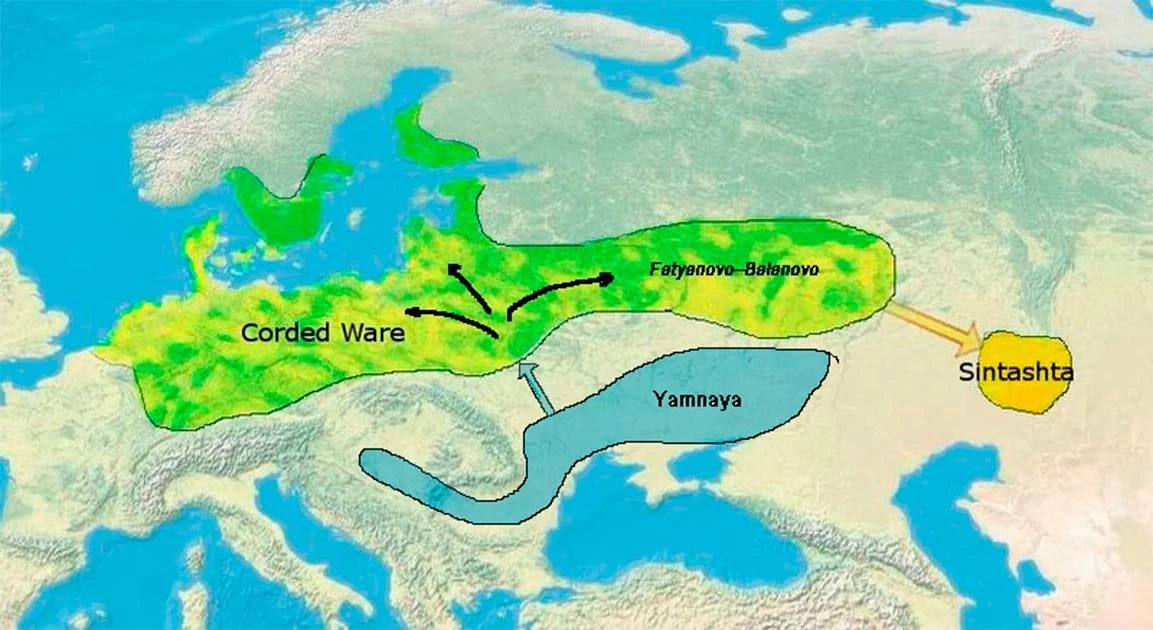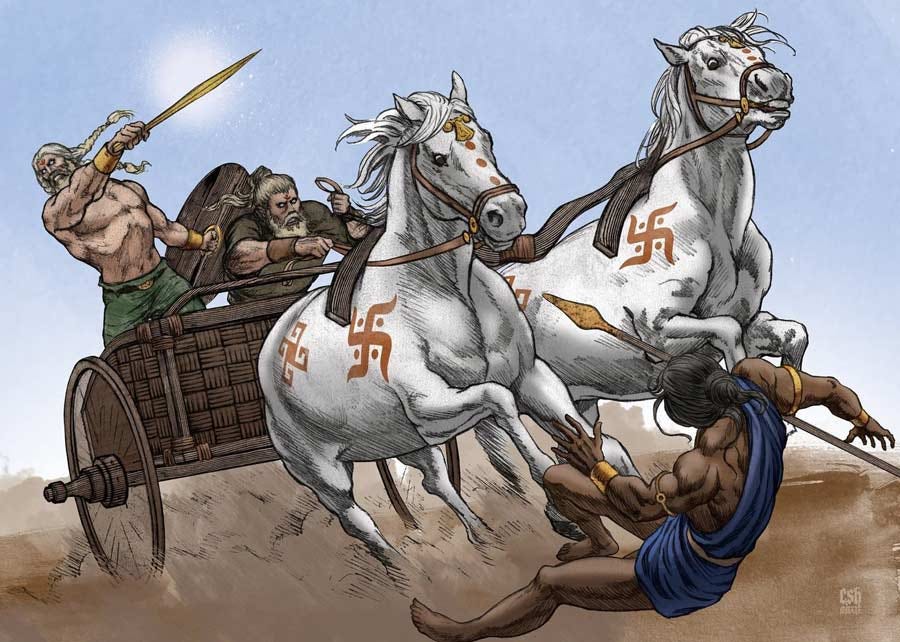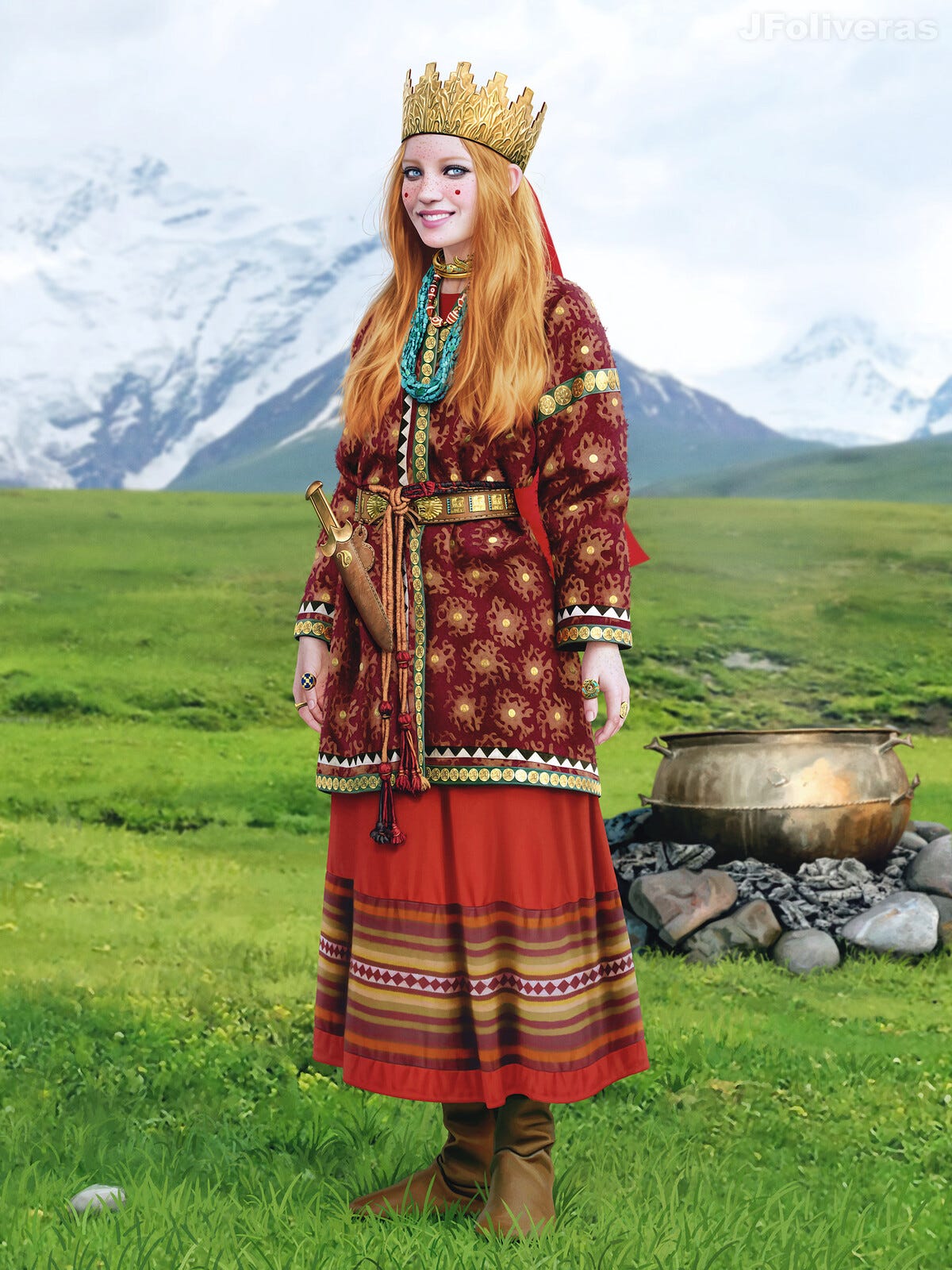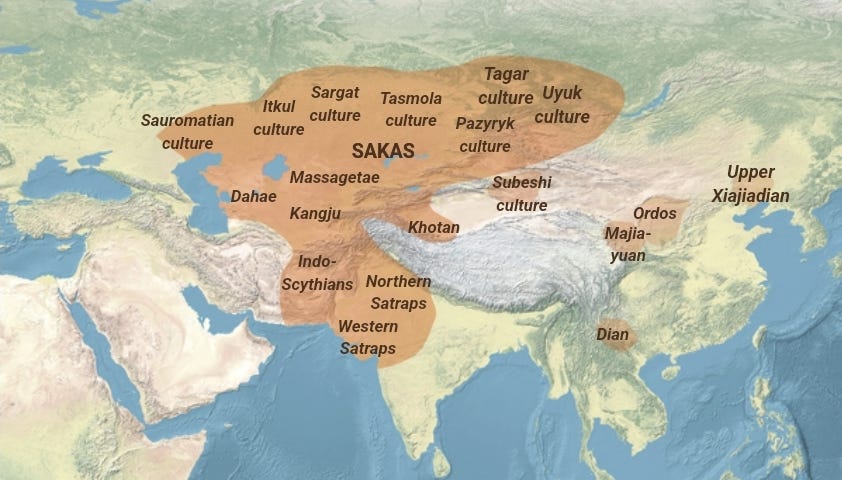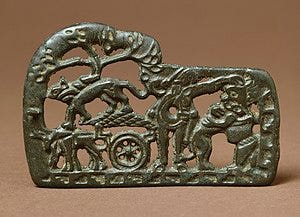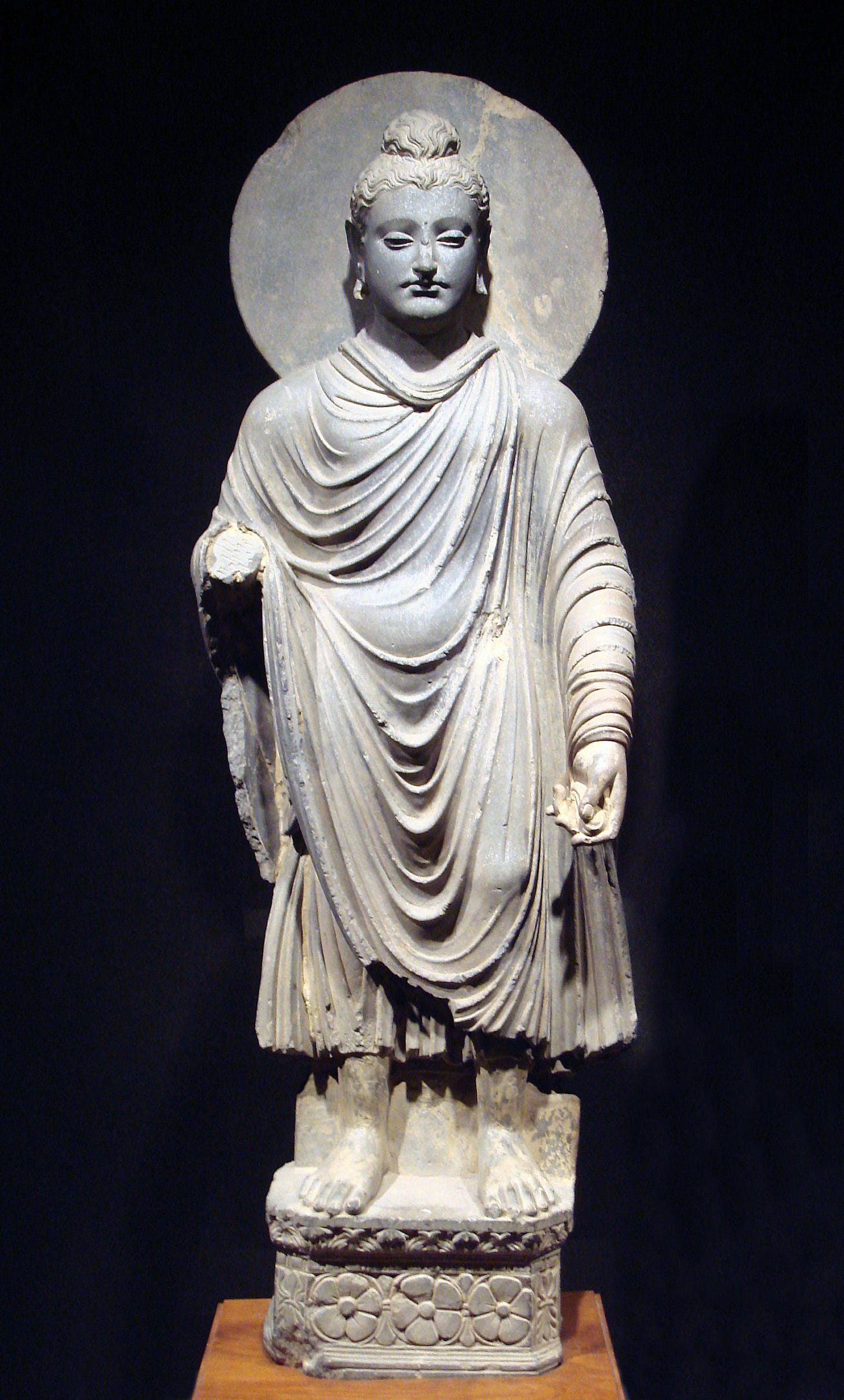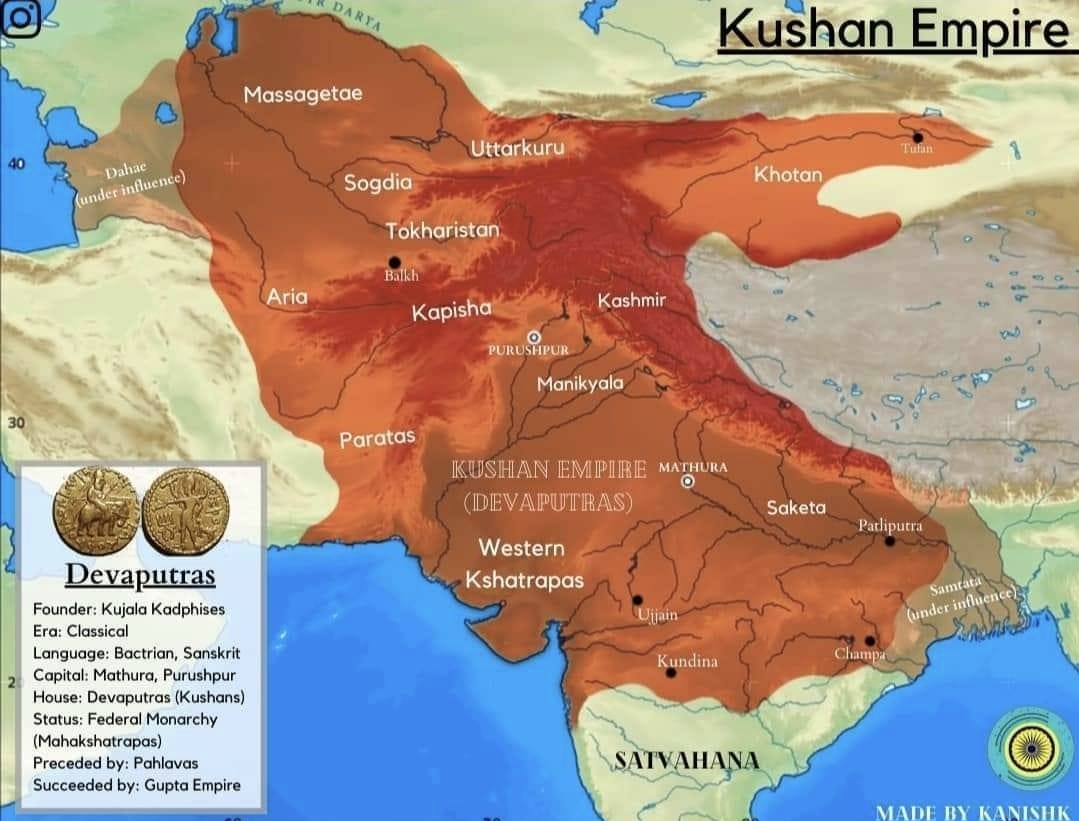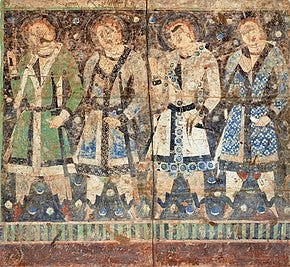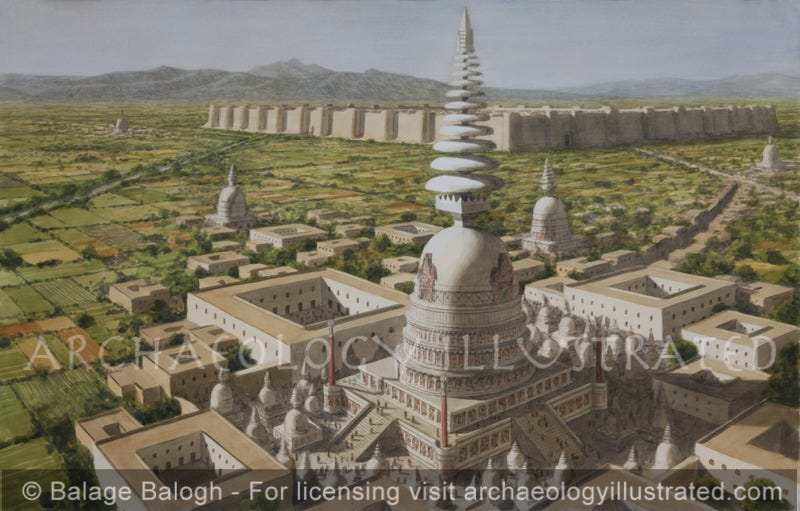As a brief introduction i will summarize the meanings of a few words to avoid confusion.
When i refer to “Scythians” i am speaking in a general sense of all nomadic Indo-Iranian peoples including Sakas, Sogdians, Sarmatians, Alans and the numerous tribes that the aforementioned groups were further divided into. When i speak of “Tocharians” i am referring to the Tocharians specifically, since they were sedentary and spoke a non-Iranian language
The Centum-Statem isogloss as seen in the above image happened during the earliest years of Indo-European expansion, the languages were divided up into two broad categories, the Centum languages that first left the original aryan homeland retained certain archaic phonological structures, while the red ones which stayed in the middle developed into their own group, hence why the Scythian/Tocharian distinction. But i am getting ahead of myself.
Our story begins with the early Indo-European migrations, a certain offshoot of the original Yamnaya culture known as the Sintashta.
We do not know why the Sintashta originally split off from the Yamnaya so early and migrated so far. What we do know is that they had a long lasting impact on history.
The Sintashta later evolved into the Andronovo culture. What is interesting, is that the ethnogenesis of my home nation of Finland can be traced to the Seima-Turbino migrations when the Proto Ural-Altaic peoples migrated through the Andronovo lands all the way to modern day Finland, probably taking up a substantial amount of Indo-European admixture along the way. This is probably the main reason why Finnish people don't have a completely mongoloid phenotype like their Finno-Ugric cousins in Siberia.
Furthermore, the Andronovo culture is the source of the famous Aryan expansion into India.
When lord Indra arrived in his chariot on the banks of the Gagnes to slaughter six million dasyus the first and only word he spoke was “namaste”. The rest is history.
Let us turn our focus on the aryans who stayed on the steppe, they became known as the Scythians, our focus is on them. For thousands of years the white man ruled the steppe, but what happened then?
Their history is actually shrouded in mystery, and in fact was quite uneventful until Alexander marched his troops all the way to India.
It is known that he married a local Scythian princess known as Roxelana, of the Saka people, who lived in modern day Pakistan and Afghanistan, yes those places were once inhabited by white people.
In fact this is the Asian area inhabited by eastern Scythians during it's largest extent. Now you may be wondering what the fuck actually happened?
Let me tell you the story.
Let us turn our attention to a people known as the Yuezhi. The easternmost Aryan tribes became collectively known as the Yuezhi to the Chinese. It is hypothesized that even the Xiongnu had a Scythian origin, since much if their art shows Scythian influences.
Haplogroup evidence actually shows that the eastern caucasoid populations actually assimilated quite peacefully with the largely mongoloid native population to form the Xiongnu. Nevertheless, by the beginning of the Han period, there was a major distinction between the more mongoloid Xiongnu and the Caucasoid Yuezhi. The latter of which were eventually driven westward by the expanding Xiongnu.
This is where things start to get interesting.
The area which the Yuezhi fled to was populated by another tribe of Scythians known as the Wusun. The Wusun then migrated south and pushed the Saka further south to the Hellenic Greco-Bactrian kingdom which had been established by Alexander's troops and Greek settlers. The Saka established themselves as the new rulers of Bactria and expanded to the Buddhist Indo-Greek kingdoms. They converted to the local Hellenic Buddhism and began spreading it even further.
The Buddha statues seen today are actually the product of Greek art, and the spread if the religion itself can largely be attributed to Scythians and Tocharians.
All of the aforementioned Scythian tribes eventually unified to form the Kushan empire. A huge Buddhist powerhouse ranging from the Caspian sea all the way to the Gulf of Bengal. The Kushan empire was a hub of commerce, which traded with both the Romans and the Chinese, essentially becoming a great middleman between the orient and the occident. Their trade networks were responsible for some truly massive cultural exchanges, it is a great shame how such an influental empire is often overlooked in history.
The Buddhist faith of the Kushan reached the Tocharians of the Tarim Basin, an ancient Indo-European people who had settled in the oasis long before the major Aryan expansion, thus speaking an ancient non-Iranian language. Unlike the nomadic and warlike Scythians, the Tocharians were a peace loving and sedentary people, who dwelt in oasis cities instead of roaming the steppe on horseback. Despite being surrounded by warlike neighbours, their location made them hard to conquer, since marching an army through the desert and besieging their oasis cities was a logistical nightmare. Thus the Tocharians could afford the luxury of being a peace loving people. The silk road trade passing through the Tarim basin made them immensely wealthy. The Tocharian city states of Kucha and Agni could even be described as the Venice and Genoa of the silk road.
The wealth that the Tocharians and Kushans amassed was used to promote the Buddhist faith through massive projects like the Stupa of Kanishka, which was the tallest structure in the world at the time.
Even the Chinese who were notoriously haughty and hard to impress were impressed by the wealth and sophistication of these people who had once been nothing but steppe barbarians in their eyes.
We will end the first part here. In the second part i will be analyzing the decline of the aryans in the orient and what legacy they left behind. Stay tuned for Chudbarons next chudstack.

